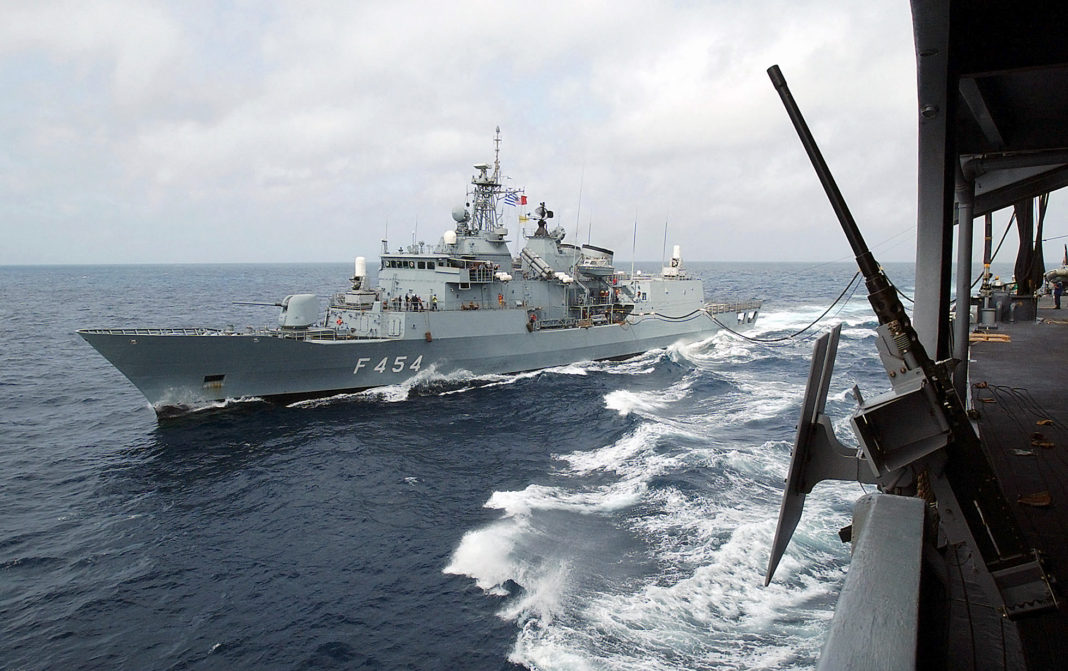Phaidon Karaiosifides – Managing Editor “Flight & Space”
Hellenic Navy acquired four 3,700 ton MEKO200HN from German Shipyards in the early ’90s, with one ship constructed in Germany and the rest in Greece, all entering service as HYDRA-class between 1992 and 1998. In 2007 the frigates were partly upgraded (their STIR fire control system to allow firing of the RIM-162 ESSM surface-to-air missiles) however, today after 20-25 years of use a mid-life upgrade (MLU) program is long overdue.
Hellenic Navy planned to implement such a program in early 2010 but the intention was postponed due to the financial crisis in Greece at that time. The Navy resurrected such plans again, early this year, however the scope of the modernization program is limited from the available financial resources. As more money might become available in the near future, a formal RFI (Request For Information) will be issued soon, already creating an interest among related companies.
Recently, a Lockheed Martin technical delegation requested permission to visit a HYDRA class frigate in order to evaluate the condition and status of the ship and its systems, with the intention to submit a proposal. Lockheed Martin Canada was the winner of a similar competition in New Zealand in 2014 and is already working on the Royal New Zealand Navy’s (RNZN’s) ANZAC-class Frigate Systems Upgrade (FSU) programme. Under the FSU programme the combat systems fitted on board the RNZN’s two ANZAC-class frigates –HMNZS “Te Kaha” and HMNZS “Te Mana”– will be modernised to sustain capability through the end of life. The programme includes the installation of an FSU Integrated Surveillance and Air Defence Solution, combining a new combat management system, surveillance radar, identification friend-or-foe, and a local area air defense capability based on an active missile system.
Although the cost per frigate of the ANZAC-class FSU programme -at $220 million- is much higher than the money allocated for the potential Greek MLU, according to information Lockheed Martin will provide a scalable and cost effective solution close to the Greek needs and financial means. In two previous MLU programs, one concerning 6 Dutch-build Kortenaer class frigates in the mid 2000s and another concerning French-build La Combattante III missile armed Fast Patrol Boats in the late 2000s, the Hellenic Navy turned to either the original manufacturer or European companies that “traditionally” supplied subsystems for Greek ships, mainly because of the confidence that they would provide verified solutions.

In the case of the potential MEKO200HN MLU program Lockheed Martin presents a unique case, since through the involvement with the ANZAC-class modernization program, the American company acquires the necessary expertise on the exact same type of ship and any proposed solution for the Greek case will be fortified by this fact, thus presenting a real challenge to European competitors. After issuing an RFI, the Hellenic Navy expects to move swiftly with an international competition and a decission about the program by the end of 2018 or early 2019.







